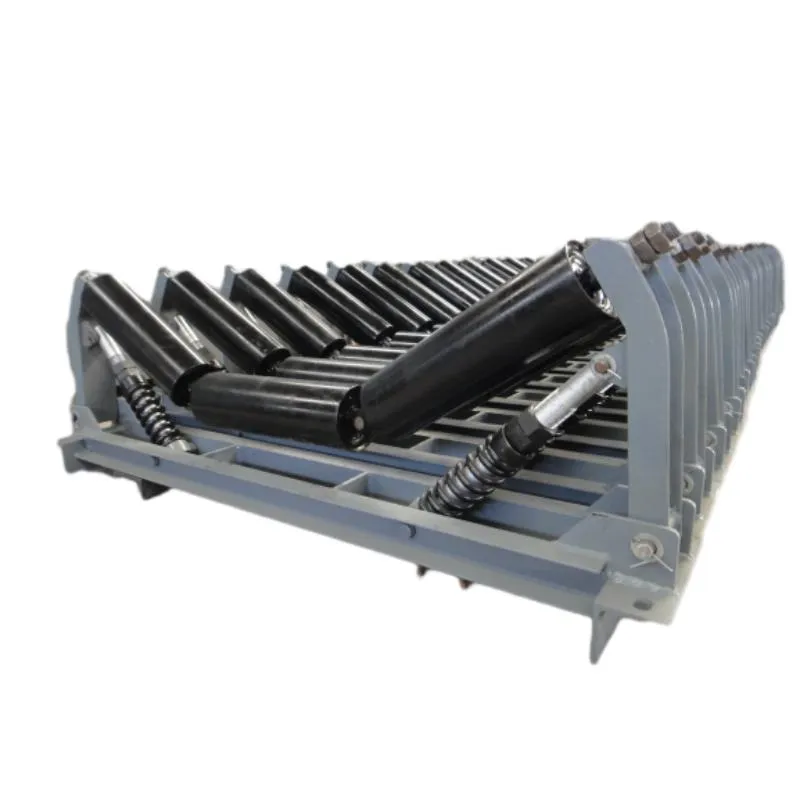 Afrikaans
Afrikaans  Albanian
Albanian  Amharic
Amharic  Arabic
Arabic  Armenian
Armenian  Azerbaijani
Azerbaijani  Basque
Basque  Belarusian
Belarusian  Bengali
Bengali  Bosnian
Bosnian  Bulgarian
Bulgarian  Catalan
Catalan  Cebuano
Cebuano  Corsican
Corsican  Croatian
Croatian  Czech
Czech  Danish
Danish  Dutch
Dutch  English
English  Esperanto
Esperanto  Estonian
Estonian  Finnish
Finnish  French
French  Frisian
Frisian  Galician
Galician  Georgian
Georgian  German
German  Greek
Greek  Gujarati
Gujarati  Haitian Creole
Haitian Creole  hausa
hausa  hawaiian
hawaiian  Hebrew
Hebrew  Hindi
Hindi  Miao
Miao  Hungarian
Hungarian  Icelandic
Icelandic  igbo
igbo  Indonesian
Indonesian  irish
irish  Italian
Italian  Japanese
Japanese  Javanese
Javanese  Kannada
Kannada  kazakh
kazakh  Khmer
Khmer  Rwandese
Rwandese  Korean
Korean  Kurdish
Kurdish  Kyrgyz
Kyrgyz  Lao
Lao  Latin
Latin  Latvian
Latvian  Lithuanian
Lithuanian  Luxembourgish
Luxembourgish  Macedonian
Macedonian  Malgashi
Malgashi  Malay
Malay  Malayalam
Malayalam  Maltese
Maltese  Maori
Maori  Marathi
Marathi  Mongolian
Mongolian  Myanmar
Myanmar  Nepali
Nepali  Norwegian
Norwegian  Norwegian
Norwegian  Occitan
Occitan  Pashto
Pashto  Persian
Persian  Polish
Polish  Portuguese
Portuguese  Punjabi
Punjabi  Romanian
Romanian  Russian
Russian  Samoan
Samoan  Scottish Gaelic
Scottish Gaelic  Serbian
Serbian  Sesotho
Sesotho  Shona
Shona  Sindhi
Sindhi  Sinhala
Sinhala  Slovak
Slovak  Slovenian
Slovenian  Somali
Somali  Spanish
Spanish  Sundanese
Sundanese  Swahili
Swahili  Swedish
Swedish  Tagalog
Tagalog  Tajik
Tajik  Tamil
Tamil  Tatar
Tatar  Telugu
Telugu  Thai
Thai  Turkish
Turkish  Turkmen
Turkmen  Ukrainian
Ukrainian  Urdu
Urdu  Uighur
Uighur  Uzbek
Uzbek  Vietnamese
Vietnamese  Welsh
Welsh  Bantu
Bantu  Yiddish
Yiddish  Yoruba
Yoruba  Zulu
Zulu belt conveyor roller types
Understanding Belt Conveyor Roller Types
Belt conveyors are an essential component in various industries, providing efficient and reliable means of transporting materials from one point to another. One of the crucial elements that affect the performance and efficiency of a belt conveyor system is the roller. To optimize the conveyor's functionality and durability, understanding the different types of belt conveyor rollers is vital.
1. Idler Rollers
Idler rollers are fundamental to a belt conveyor system, as they support the conveyor belt and facilitate its movement. These rollers are strategically placed throughout the conveyor line to help reduce friction between the belt and supporting structure. There are several types of idler rollers, including
- Standard Idlers These are used in most applications and consist of a cylindrical body with a smooth surface. They are effective in supporting the belt and ensuring consistent movement.
- Impact Idlers Located at loading zones, impact idlers are designed to absorb the shock and impact of material fall, minimizing damage to both the belt and the structure.
- Training Idlers These rollers help align the belt and ensure it stays centered as it moves along the conveyor system. Proper alignment is crucial for preventing excessive wear and extending the belt's lifespan.
2. Carrier Rollers
Carrier rollers play a vital role in supporting the load of the conveyor belt. They are designed to carry the weight of the materials being transported and ensure that the belt runs smoothly. Carrier rollers come in various designs
- Heavy-Duty Carrier Rollers These are built to accommodate heavy loads and are typically used in mining and construction applications where the material transported can be quite heavy and abrasive.
- Light-Duty Carrier Rollers Suitable for lighter materials, these rollers are often used in applications such as packaging and food processing. They provide adequate support without adding unnecessary weight to the conveyor system.
belt conveyor roller types

Return rollers are used to support the return side of the conveyor belt. These rollers help to maintain the belt's path as it returns to the loading point. The primary functions of return rollers include
- Belt Support By providing support to the return side, these rollers ensure that the belt maintains its shape and does not sag, which can lead to misalignment.
- Preventing Material Build-Up Return rollers are designed to help prevent the accumulation of materials on the underside of the belt, improving overall operational efficiency.
4. Specialty Rollers
In addition to standard rollers, there are specialty rollers that serve specific functions based on unique industry requirements
- Self-Cleaning Rollers These are designed with grooves or specific surface treatments that help to keep the rollers clean, reducing maintenance costs and improving efficiency.
- High-Temperature Rollers Used in applications where heat resistance is crucial, these rollers can withstand higher temperatures than standard materials, making them ideal for industries such as steel manufacturing.
Conclusion
Choosing the right type of roller for a belt conveyor system is essential for maximizing efficiency, minimizing maintenance costs, and ensuring a longer lifespan for both the belt and the overall system. By understanding the different types of belt conveyor rollers—idlers, carrier rollers, return rollers, and specialty rollers—industries can optimize their material handling processes. Each type of roller serves a specific purpose, and selecting the appropriate one based on the application requirements will lead to improved productivity and operational effectiveness. Whether in mining, manufacturing, or logistics, the right choice of conveyor rollers makes all the difference in ensuring smooth, efficient transportation of materials.
-
Trusted Conveyor Solutions from Leading Conveyor Idler Roller ManufacturersNewsJun.27,2025
-
Reliable Return Idler Solutions for Efficient Belt Conveyor SystemsNewsJun.27,2025
-
Precision Conveyor Accessories for Streamlined Material HandlingNewsJun.27,2025
-
High-Quality Belt Conveyor Idler Solutions for Efficient Material HandlingNewsJun.27,2025
-
High-Performance Belt Conveyor Pulleys for Reliable Material HandlingNewsJun.27,2025
-
Enhancing Material Handling EfficiencyNewsJun.27,2025





























